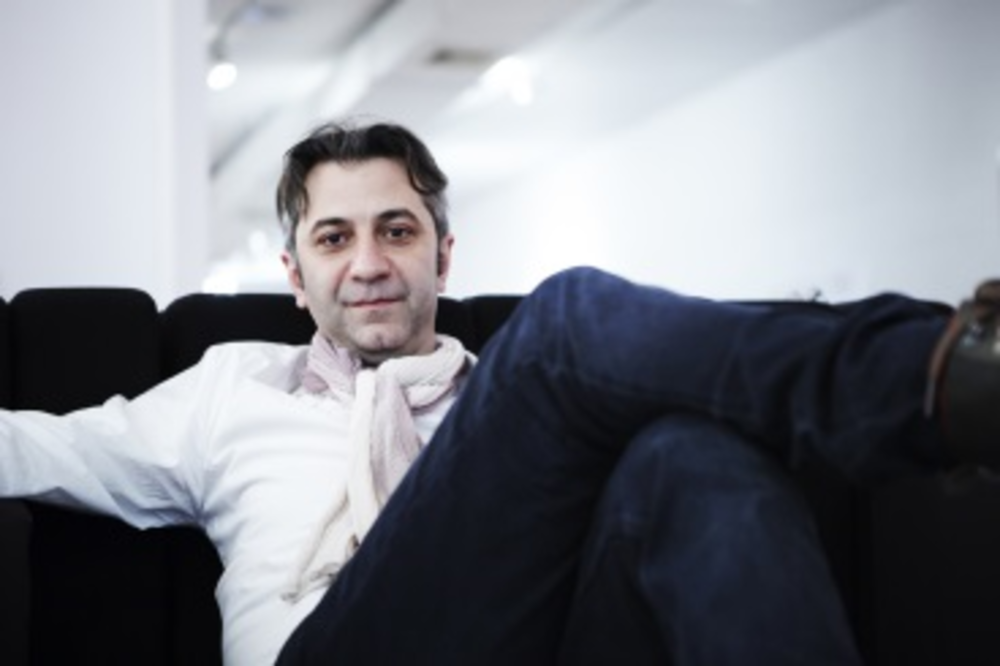Before I get started, I should probably define my terms.
Trend: The changes or developments that over time come together to shape human culture, for example, the growth of social networks and an increasing gravitation toward meaningful communities.
Fad: The Harlem Shake.
There’s been a blurring of the lines between the definition of “trend” and “fad” over the years, but the difference is substantial. If fads are the reflections that momentarily glint off the side of a trend, trends are the building blocks that comprise an entire culture.
“A trend is much less about the color orange versus the color green in a fashion collection and much more about how, inherently, society is changing,” says Domenico Vitale, founder and chief idea architect at creative shop People Ideas & Culture. “And trends don’t happen overnight.”
Vitale launched the agency, which currently boasts high-profile clients like the Waldorf Astoria and match.com, back in in 2009 as a way to blend strategy and creative insights. All the ideas are developed in house, but the agency depends on partners to bring its ideas to life. It just makes sense: Find the top makers out there—whether they be into sdigital or print, TV or mobile—and tap their expertise to develop best of breed creative.
One major trend that’s been on PI&C’s radar for a while now is the attitudinal shift toward a more sustainable way of living and of regaining the attention to craftsmanship, detail, and authenticity lost in the face of industry and profit, says Vitale.
“There’s an awareness that industrial products have led us to a really bad place and that over-consumption and disposable culture can’t go on forever,” he says. “It’s not about the environment only; it’s about how we live, how we work, and what products we choose to consume.”
Putting its money where its mouth is, PI&C is in the midst of launching several businesses out of its new Copenhagen office. The first, a fashion line called Social Aesthetics set to launch in the spring of 2014, will design, create, and sell clothing made from unused vintage textiles from the 50s, 60s, 70s, and 80s salvaged from warehouses in France and Italy. The second, a food and wine e-commerce business called Passione Italiana, is scheduled to go live at some point this month.
It’s a unique model, to be sure, but why shouldn’t agencies also create products?
“It’s up to agencies to recognize our own potential and I think we cut ourselves short when we only do stuff for others to make money,” Vitale says. “I love meeting clients and I have a lot of respect for that side of the business, but this is an opportunity for us to own some of what we do—we have a lot of smart, creative people around here, so why not come up with stuff for ourselves and become our own clients?”
According to Vitale, the agency world is plagued by an inability to get really multichannel. In a weird way, agencies are sometimes stymied by their own expertise.
“If you go to a digital agency and you have a hundred people coding all day, that agency is going to try and sell you something digital; if you go to a traditional agency where they have lots of people making print ads and doing outdoor, then they try to sell you that,” Vitale says.
But it’s hard to deliver multichannel with silos and time-starved creatives running all over the place. PI&C employs production partners to bring its creative, digital, and traditional initiatives to life. If you need an app to make a client happy, go to the best mobile producers out there; if you need an amazing TV spot, find the best director. That, Vitale says, gives his people time to focus on client needs.
“And that’s where we can get to the real solutions that are not only multichannel, but are channel-neutral,” Vitale says. “In other words, the right solution for whatever the problem is.”








